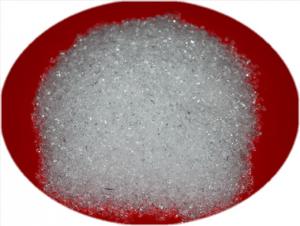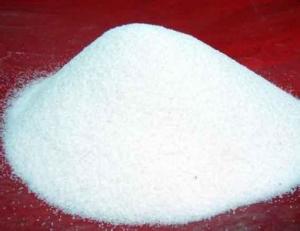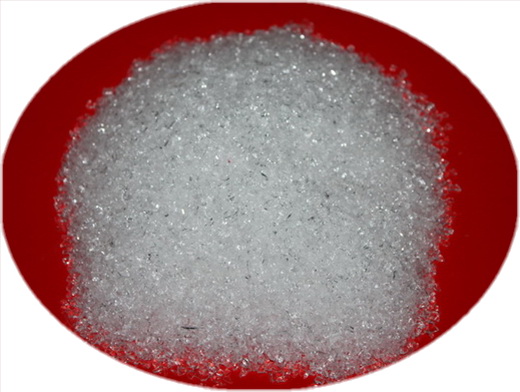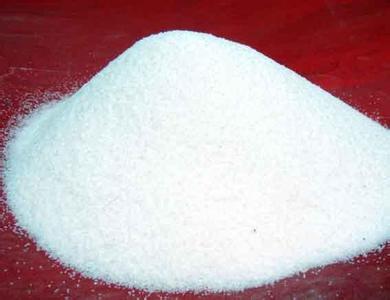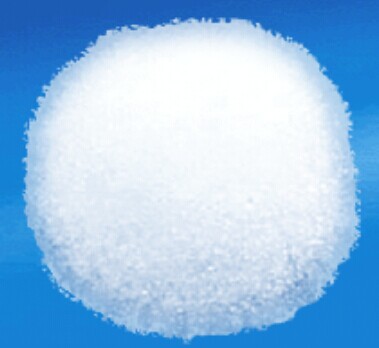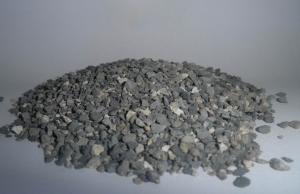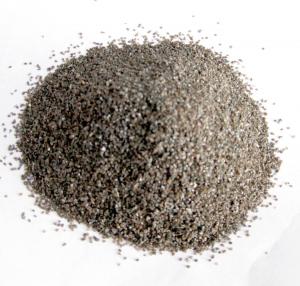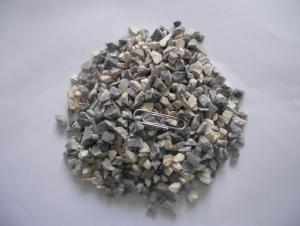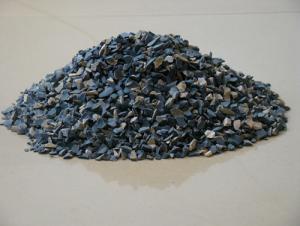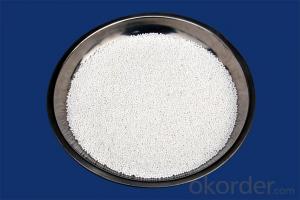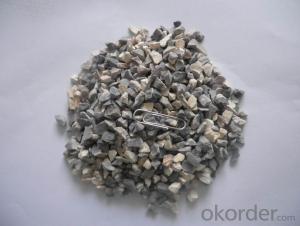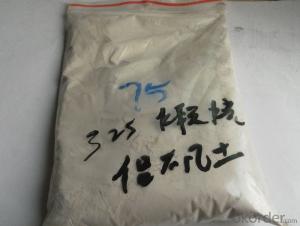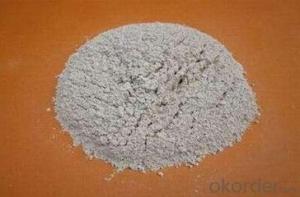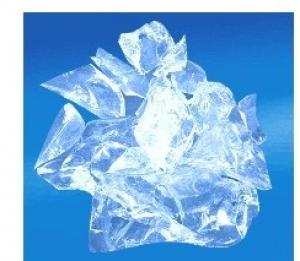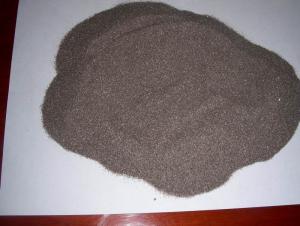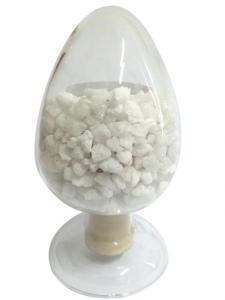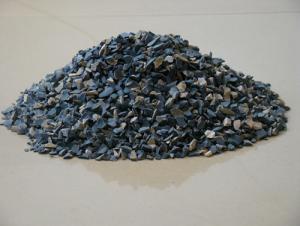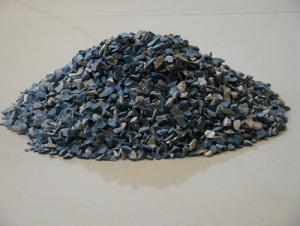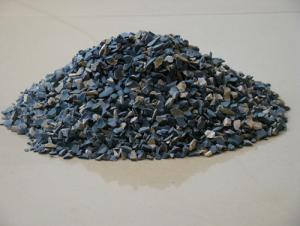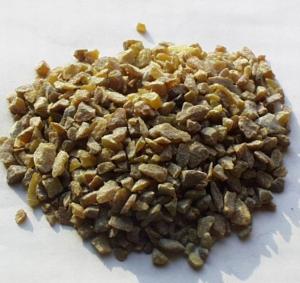Raw Materials for Refractory - Fused Silica
- Loading Port:
- China Main Port
- Payment Terms:
- TT OR LC
- Min Order Qty:
- -
- Supply Capability:
- -
OKorder Service Pledge
OKorder Financial Service
You Might Also Like
PRODUCT INFORMATION | |
Item | Fused Silica Powder |
Size | D50=9~11um |
Application | Epoxy insulation encapsulant material / Epoxy Molding Compound (EMC), Copper Clad Laminate (CCL), Electromagnetism Industry, Electronic Industry, Ceramic Industry, The Aerospace Industry, Glass Industry, Plastics Industry, Grinding Material Industry, Coating Industry, Investment Casting Industry, Thermal Insulation Product of Calcium Silicate, Refractory Material |
Model No. | R610 |
MOQ | 5 ton |
Material | natural silica rock after melting |
H.S. CODE | 25061000 |
PRODUCT CHEMICAL COMPOSITION AND PHYSICAL PROPERTIES | |
SiO2 | >99.99% |
Al2O3 | <0.015% 1000ppm |
Fe2O3 | <0.002% 50ppm |
Density | 2.2 |
Whiteness | >92% |
Moisture content | <0.05% |
Mohs hardness | 6.5 |
Igniting loss | <0.12% |
Appearance | powder |
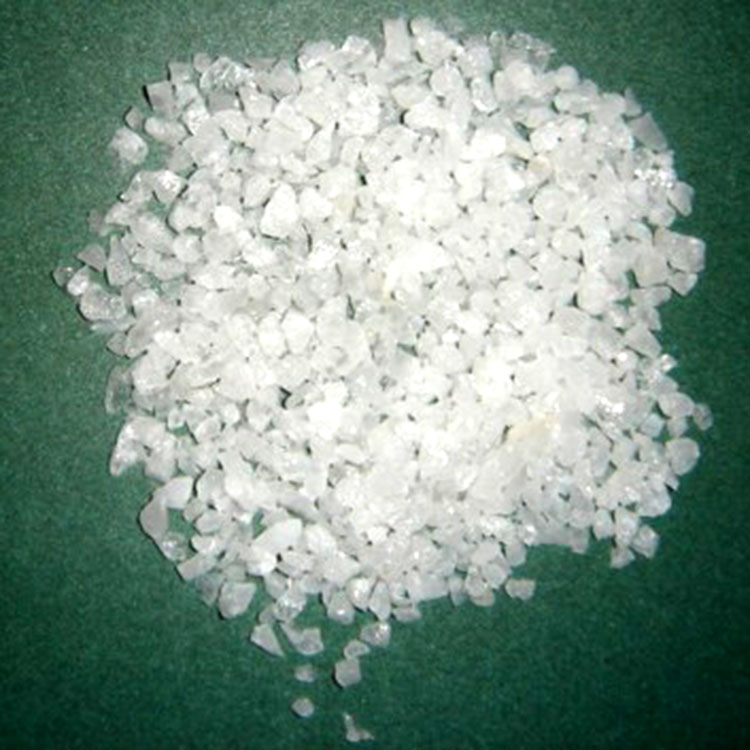
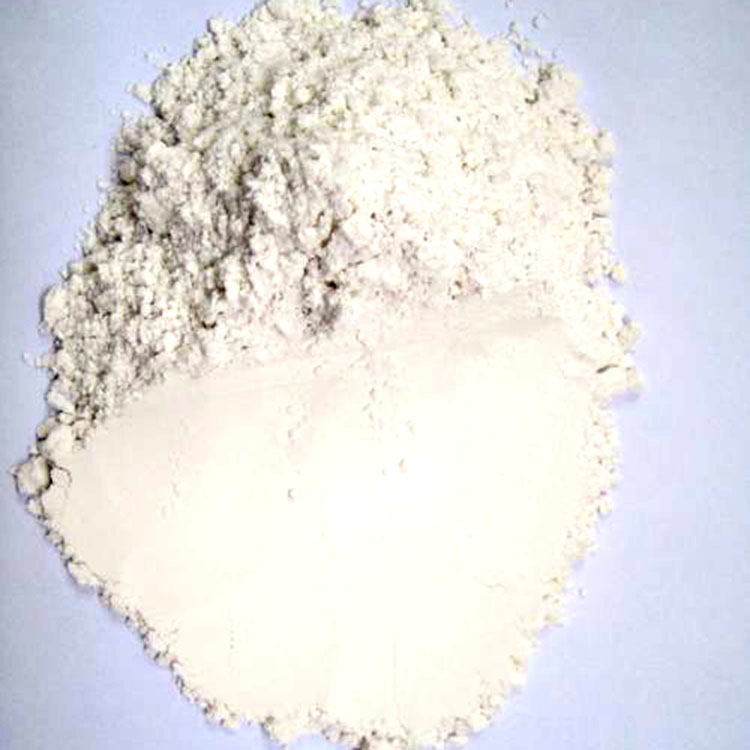
- Q: What are the new refractories? What are the features? How about their application and development?
- In metallurgy, in what position should it be used, in order to make the best. Answers are as following. In iron, steelmaking or converter. When questioning, pay attention to the ways. Answers: Try to use synthetic refractory materials.
- Q: What is the function of refractory in ceramics?
- Refractory is used as materials of kiln,sagger and kiln car for ceramic sintering. Its refractoriness is higher than ceramics, and the essential material and tool for ceramic sintering.
- Q: What are the characteristics of magnesium fireproof plate
- Features: Glass magnesium plate is high temperature resistant, sound absorbing, and capable of preventing water, pests, dampness, corrosion, poison, pollution. Paint can directly be applied to the surface of the plate. Air nails are usable for the plate, to which ceramic tile can also be applied with good pigmentation. The plate is easy to decorate, has high strength, good flexibility when bending, and can be nailed, sawed, glued It can also be made into thermal insulation materials with a variety of compround composite insulation plate. Characteristic: Magnesium plate glass is high temperature resistant, sound absorbing, and capable of preventing water, pests, dampness, corrosion, poison, pollution. Paint can directly be applied to the surface of the plate. Air nails are usable for the plate, to which ceramic tile can also be applied with good pigmentation High strength, flexibility when bending, convenient for decoration. It can be sawed, nailed, and glued.
- Q: Is there requirement for radiation indicator in refractory?
- All refractories have no radiated harm to environment, so there is no requirement. From the elemental analysis, magnesite. I do not know it is helpful to you. But for refractory rwa material, any chemical element is radiated, including silicon?dioxide; If they are radioactive. From the use analysis, such as bauxite, do not have use value.
- Q: What antioxidant will be used in refractories?
- Specifically speaking, it is an antioxidant used in carbon refractory products, which belongs to the fire resistant technology. A kind of refractory used antioxidants, formula proportion is as follows calculated by weight percentage: aluminium zinc alloy 1 ~ 100, conventional antioxidants in 0 ~ 100. Described in the aluminum zinc alloy element of aluminum content is 3% ~ 3%, the rest is zinc. Described aluminium zinc alloy is powder or fibrous long; The biggest size and long fiber powder makeup of maximum diameter is 0.2 mm. Preparation of the present invention contains aluminum zinc alloy antioxidants can prevent carbon oxidation temperature range is big, less side effects, and can adjust the thermal expansion of refractory. Hope I can help you.
- Q: What is the fire endurance of fireproof glass cotton?
- Good thermal insulation and thermal insulation. thermal insulation and thermal insulation depends on the heat conductivity coefficient of glass?silk λ=0.043W/m2K. good fireproof?performance, it's fire-resistant capacity is more than 1000 ℃.
- Q: What is the interior fireproof thermal insulation material?
- The methods of thermal insulation wall have three kinds of materials. First: gypsum board or cement board are stuck outside the polyphenyl board; second: lightweight brick build; third: infill polyphenyl board, lightweight brick is built outside. The first two has almost the same price. The latter is slightly expensive. 60 yuan / square meter is not very expensive!
- Q: how to classify Insulating Refractory ?
- General materials have test reports, where fire rating is labled.
- Q: What are the fireproofing materials of the external wall included?
- Facades a fireproof material comprises three anti-cloth, fireproof cloth, plastic cloth, PVC tarpaulins, flame retardant cloth, Hair Dryers cloth, automobile tarpaulin, PVC three anti-cloth, the freight yard covered cloth, PVC coated fabric, canvas industry etc., are widely used in automobile canopy cover cloth, trains cover cloth, ships cover cloth, cloth covered open-air yard, industrial and agricultural fields; used in glass, timber, fertilizer plants, steel plants, machinery metal factory, feed mill, grain storage, container plants, oil refineries, packaging plants, paper plants, air conditioning plants, logistics, ore factory, fleet, rail, sea and so hoping to help you
Send your message to us
Raw Materials for Refractory - Fused Silica
- Loading Port:
- China Main Port
- Payment Terms:
- TT OR LC
- Min Order Qty:
- -
- Supply Capability:
- -
OKorder Service Pledge
OKorder Financial Service
Similar products
Hot products
Hot Searches
Related keywords
